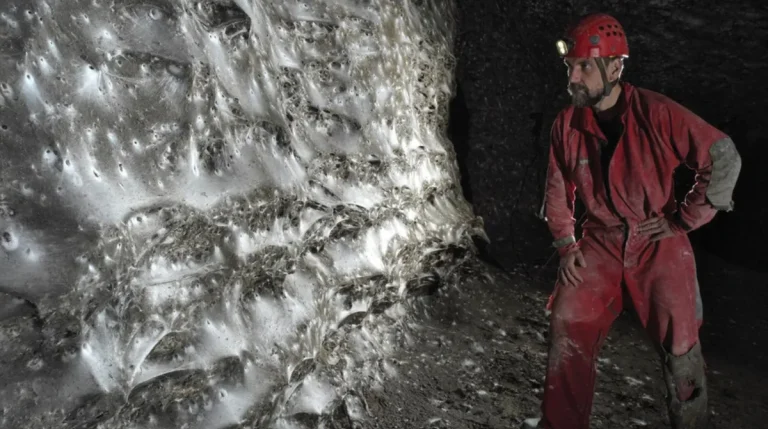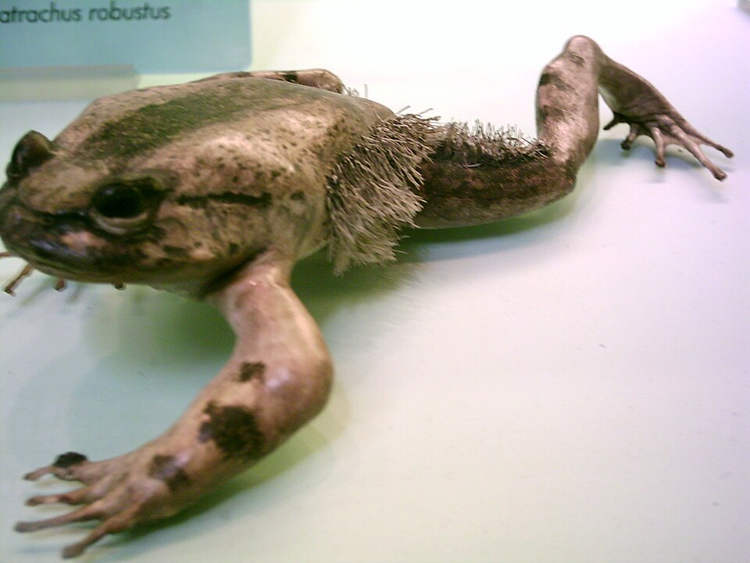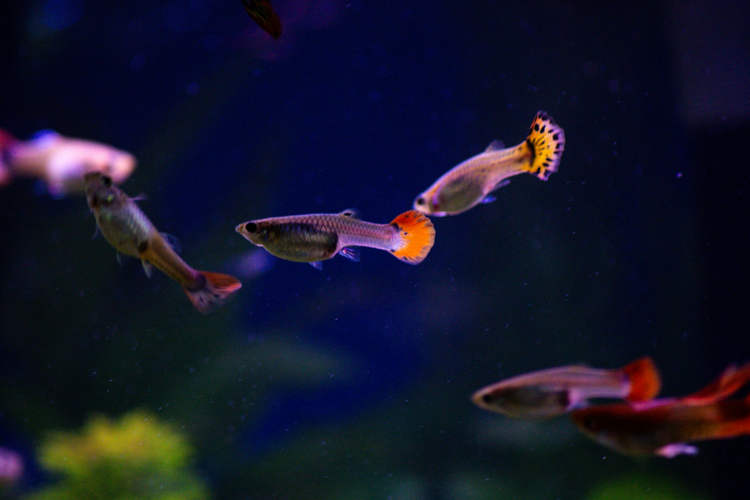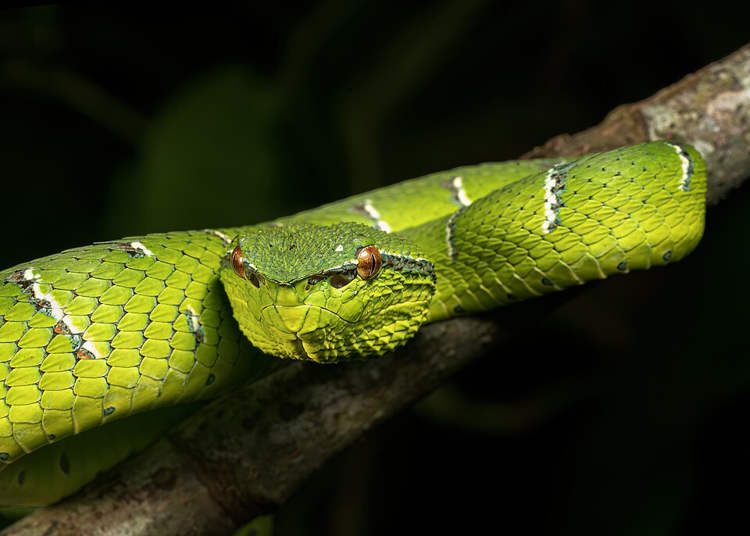Every year, between March and June, the 14-km shoreline of Japan’s Toyama Bay is lit up in blue. The electrifying light show isn’t man-made; it’s a natural phenomenon, caused by thousands of bioluminescent cephalopods known as ‘Glowing Firefly Squids’. These fascinating creatures normally live 1,200 ft underwater, but are pushed to the surface by waves during the Hotaru Ika (firefly squid) season.
Firefly Squid, or Watasenia Scintillans, are normally about three inches long and covered with photophores. Large photophores are present around their eyes and on the tips of their tentacles, while tiny photophores cover the entire body. These photophores contain light-producing chemicals that are responsible for the squid’s bioluminescence. Fireflies have similar photophores, so the squid are named after them.
The arrival of the Firefly Squid creates a festive atmosphere along the shore – it’s almost like an annual reunion of sorts. Thousands of squid can coordinate their deep blue light to flash in unison or alternate in infinite patterns, creating a twinkling effect. Each pattern serves a different purpose. On-and-off flashes attract small fish, which the squid pounce on with their powerful tentacles. Counter-illumination allows the squid to blend in with the light cascading from above, protecting them from predators. The creatures’ mating season also coincides with this period; millions of squid come to the surface at night to fertilize and drop their eggs in Toyoma Bay. The season brings thousands of tourists to the region, who flock at the bay to admire the unique display of lights.
The Hotaru Ika museum at Namerikawa fishing port, in Toyama prefecture, is the world’s only museum dedicated to the firefly squid. The museum conducts Firefly Squid Sightseeing tours every year between March and May. Sightseeing boats depart the port shortly after 3am, making a short journey to fixed nets located about 1 to 2 km offshore. As the fishermen haul in their nets, the Firefly Squid’s light makes the surface of the sea glow, making tourists gasp with delight.
The museum also has interactive exhibits and a research center that studies squids’ mating behavior and sustainable fishing techniques. There’s a restaurant on the roof that offers a lovely view of Toyama bay, and serves delicacies like firefly squid tempura. The gift shop features squid in freeze-dried, powdered, tinned, and candied varieties.
Firefly Squid is considered a delicacy in Japan, and there are lots of ways to eat it – raw, grilled, stewed or tempura. BBC Travel reports that locals prefer to pop the eyes off freshly caught raw squid and swallow them whole. There’s also fresh squid sushi or sashimi that can be paired with a few glasses of local sake. Don’t expect these dishes to glow on the plate, though!
Sources: BBC, Amusing Planet
















